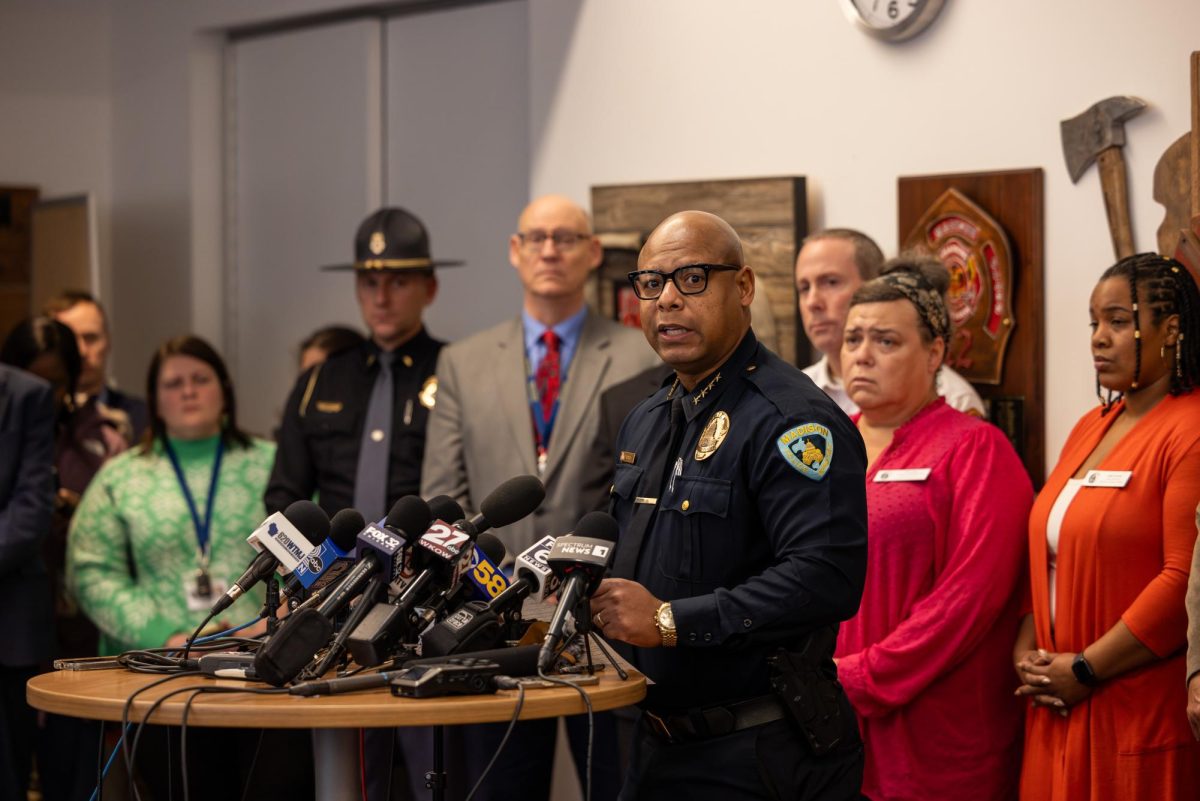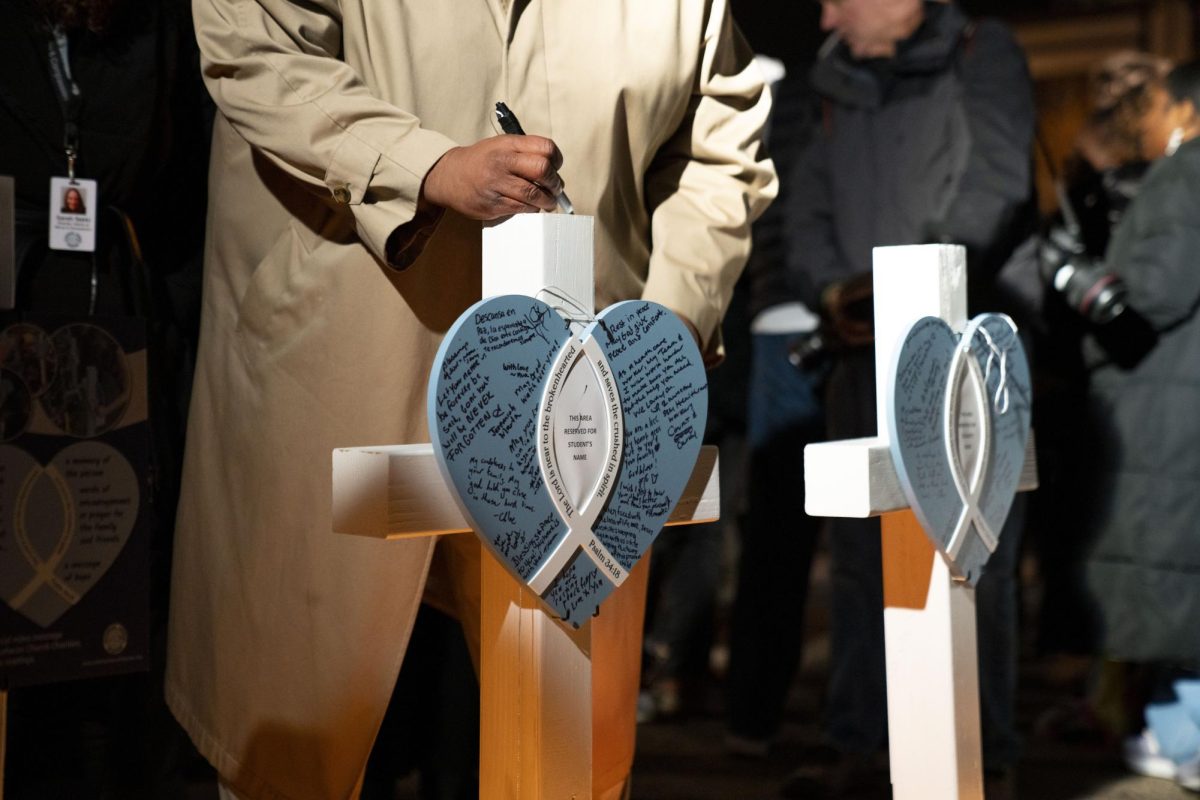Previously classified Cuban missile crisis documents, released by the National Security Archive of Washington at an October conference commemorating the 40th anniversary of the near tragedy reveal that the world came closer to nuclear war than anyone had previously thought.
The documents disclosed that of the 42 medium-range missiles placed in Cuba, U.S. officials only discovered the location of 33.
The conference also exposed internal post-crisis disputes between the Soviet Union leader Nikita Khrushchev and Cuban dictator Fidel Castro about the dismantlement of the nuclear warheads. By the day of the crisis, Cuba was fully prepared for a U.S. air strike and invasion of the country.
“Castro was opposed to compromise and was much more independent than previously known,” said University of Wisconsin-Madison professor and Cold War expert Jeremi Suri.
The conference also included the account of U.S. naval officer John Peterson, whose submarine was dropping depth charges on the Soviet submarine B-59.
The recently declassified documents reveal that the B-59 and the four other Soviet submarines stationed at the quarantine line were carrying nuclear-tipped torpedoes.
The U.S. Navy was unaware these submarines were carrying nuclear weapons, and the depth charges exploded right next to the hull of the subs.
In response to the U.S. attacks, the crew of the Soviet submarine considered using its nuclear weapon, but instead decided to surface.
In the prospect of nuclear war, U.S. president John F. Kennedy guided America through the crisis unscathed. By inspiring confidence in the American public, opening communication with Soviet leadership and appointing a council of experts, Kennedy avoided turning to violence.
In light of the new documents, however, some wonder if Kennedy may have allowed the conflict to escalate too far.
“We all marvel at the way he handled things so that Khrushchev could back down … on the other hand, was there a way to do that without pushing the world to the brink of nuclear war?” asked UW professor John Cooper.
The Cuban missile crisis is widely accepted as one of the more dangerous moments in the Cold War, but the documents released at the commemoratory conference reveal the crisis to be possibly the most dangerous moment in history.
“We were much closer to complete disaster than we thought,” Suri said. “This crisis was worse than ever imagined.”






